Deck & Commander Strategies
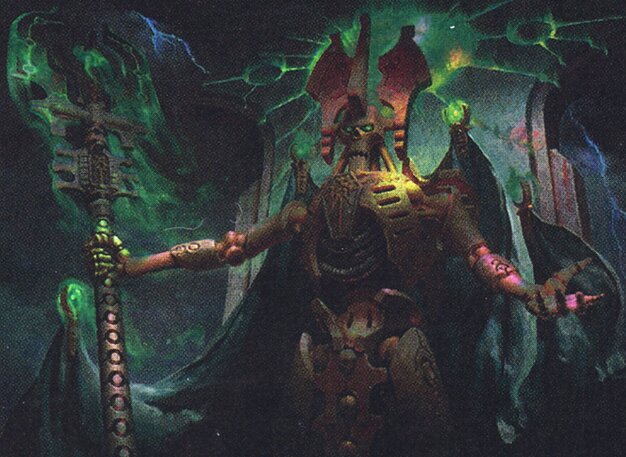
Szarekh, the Silent King
Utilizes milling each attack to fill the graveyard and then recurs artifacts, creatures, or vehicles from the milled cards to the hand, enabling continuous resource advantage and board presence.
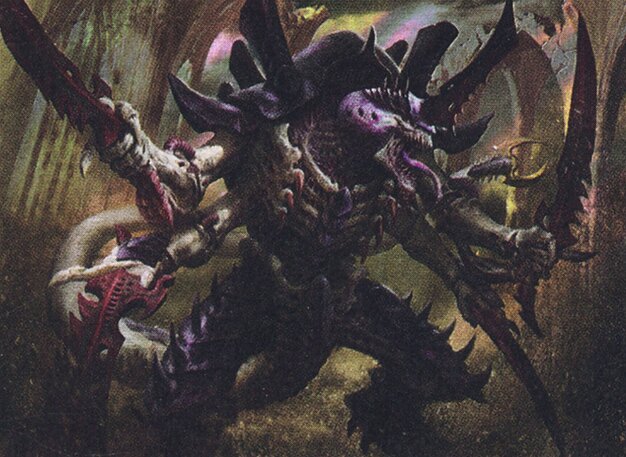
The Swarmlord
Focuses on a counters theme with rapid regeneration, drawing cards whenever creatures with counters die, thus gaining incremental value and sustaining board development.
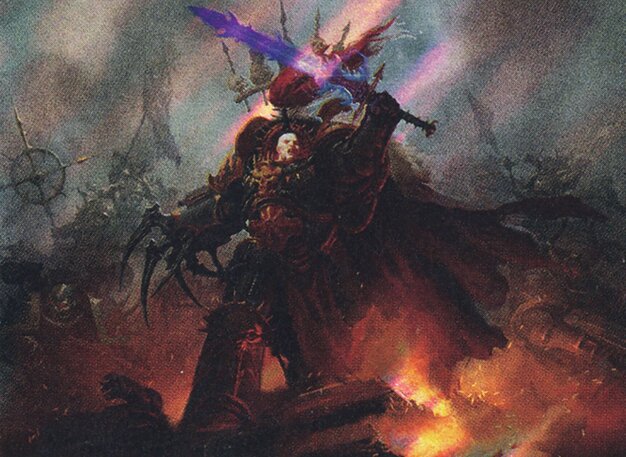
Abaddon the Despoiler
Employs damage-based cascade on spells to cast multiple spells for free, combining aggressive damage with efficient spellcasting to overwhelm opponents.
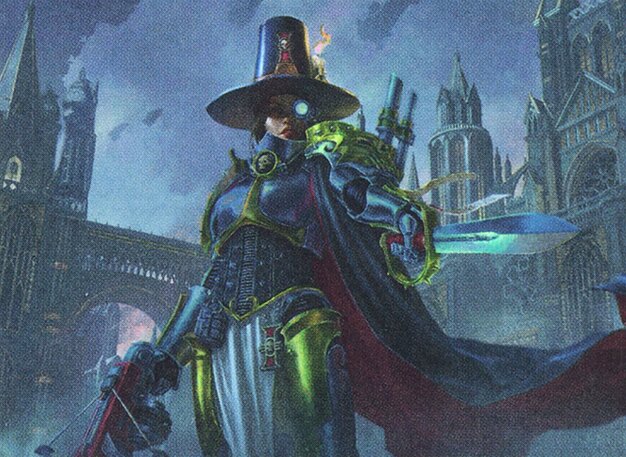
Inquisitor Greyfax
Leverages vigilance and +1/+1 counters on creatures along with clue token generation for card draw, aiming for synergy with Celestine to potentially win through a powerful combo.
Gameplay Insights
- 1
Abaddon's use of Shadow in the Warp to reduce creature costs and punish opponents casting non-creature spells was a pivotal tempo play that controlled the pace of the game.
- 2
The Swarmlord's deck capitalized on creatures entering with counters and drawing cards on deaths, effectively converting board trades into card advantage.
- 3
Szarekh's milling mechanic allowed for selective recursion of key artifacts or creatures, sustaining his hand and enabling sustained pressure.
- 4
Inquisitor Greyfax's synergy with clue tokens and vigilance provided consistent card draw and board presence, setting up for a potential combo with Celestine.
- 5
Players utilized artifact ramp like Arcane Signet and Unstable Obelisk to accelerate mana and maintain flexibility in removal and casting options.
- 6
Artifact destruction from Accolate Hybrid created disruption on opponents' boards, forcing reactive plays and impacting their tempo.
Notable Cards
-

Szarekh, the Silent King
-

The Swarmlord
-

Abaddon the Despoiler
-

Inquisitor Greyfax
-
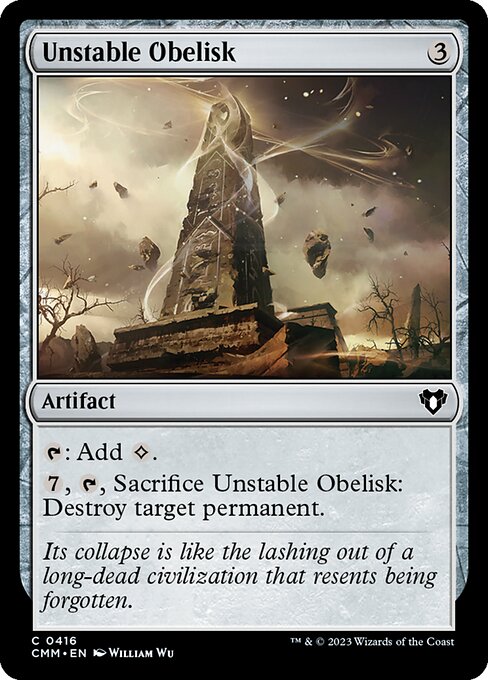
Unstable Obelisk
-
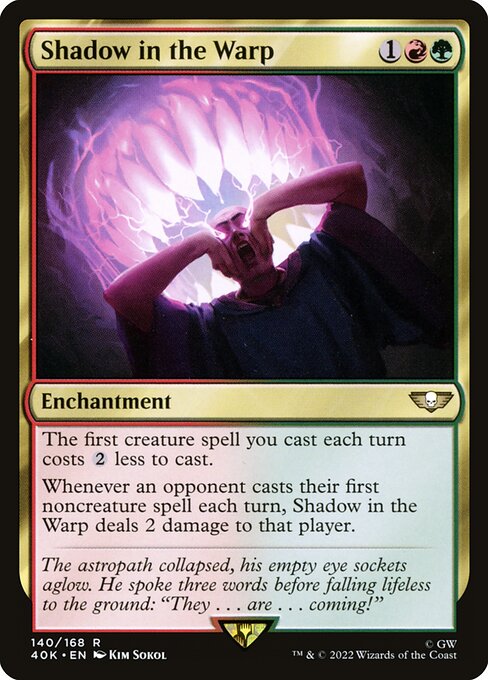
Shadow in the Warp
-

Arcane Signet
Gameplay Summary
The game began with each player deploying their respective 40k-themed precon decks, featuring commanders such as Szarekh, the Silent King, The Swarmlord, Abaddon the Despoiler, and Inquisitor Greyfax.
Early turns focused on mana ramp and setting up the board, with players playing lands and mana rocks like Arcane Signet and Unstable Obelisk.
Szarekh used his milling ability to fetch artifacts, creatures, or vehicles from the graveyard, while The Swarmlord emphasized counters and card draw triggered by creatures with counters dying.
Abaddon leveraged cascade triggered by the damage opponents took during his turn to generate value from spells, and Inquisitor Greyfax supported a vigilance and counters theme with the potential for a Celestine combo win condition. Midgame saw key plays such as Abaddon casting Shadow in the Warp, which reduced creature costs and punished opponents for casting non-creature spells, effectively controlling tempo.
The Swarmlord's strategy revolved around proliferating counters and drawing cards off creature deaths, maintaining pressure.
Inquisitor Greyfax developed her board with creatures and clue tokens for card advantage, while Szarekh's milling and artifact recursion kept his hand replenished.
Board interactions included artifact destruction from creatures like Accolate Hybrid and strategic removal options from Unstable Obelisk, which could sacrifice itself to destroy any permanent.
The game featured thematic synergy between the Warhammer 40k lore and Magic's mechanics, with players gradually advancing their board states and preparing for decisive attacks or combos, particularly focusing on card advantage and resource management.












![Warhammer 40k Commander decks [Commander VS 309] | Magic: the Gathering Commander Gameplay thumbnail](https://i.ytimg.com/vi/HZ99iaWk-Tk/sddefault.jpg)








